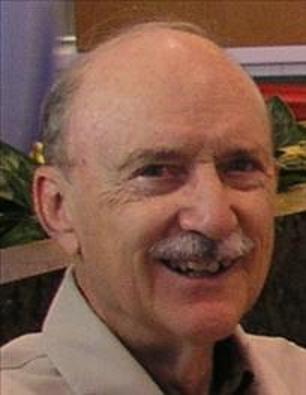
The cubic polynomial $x^3 - 2x - 5$ has a unique place in the history of numerical methods.... read more >>

The cubic polynomial $x^3 - 2x - 5$ has a unique place in the history of numerical methods.... read more >>

This is the story of how John Todd saved what was to become one of the world's most important research institutions from destruction at the end of World War II.... read more >>

SC15, the International Conference for High Performance Computing, Networking, Storage and Analysis, was held in Austin, Texas, last week, November 15 through 20. This is the largest trade show and conference that MathWorks participates in each year.... read more >>

MATLAB adds capability to search for an interval with a sign change.... read more >>


Th. J. Dekker's zeroin algorithm from 1969 is one of my favorite algorithms. An elegant technique combining bisection and the secant method for finding a zero of a function of a real variable, it has become fzero in MATLAB today. This is the first of a three part series.... read more >>

Chuck Lawson passed away in July at the age of 83. Chuck was one of the people who introduced me to computing and mathematical software. I worked for him at Caltech's Jet Propulsion Laboratory during the summers of 1961 and 1962, just before and after my first year in grad school.... read more >>

"New Directions in Numerical Computation" was a conference in celebration of Nick Trefethen's 60th birthday held August 25-28 in the new Andrew Wiles building, which houses the Mathematical Institute of the University of Oxford.... read more >>


A rectangular box, such as a book or a cell phone, thrown in the air can tumble stably about its longest axis, or about its shortest axis, but not about its middle axis.... read more >>